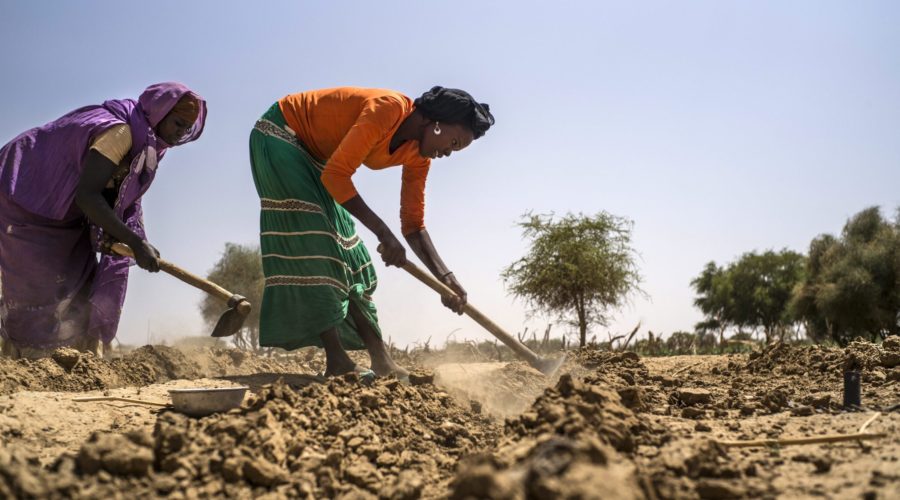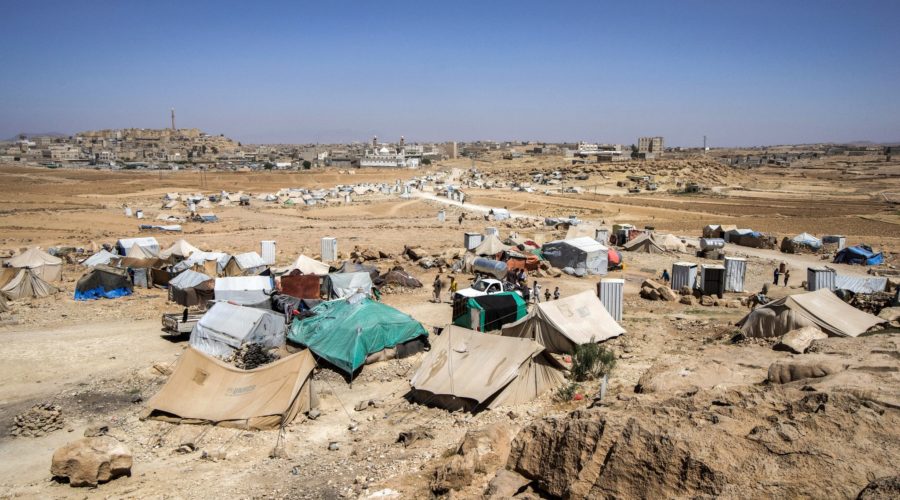The Transformative Agenda has two protocols on preparedness:
- The Common Framework for Preparedness (CFP) supports the development of preparedness capacity of humanitarian responders by using a systematic country-level approach, in order to reduce impacts of emergencies on communities;
- The Emergency Response Preparedness (ERP) focuses on identifying and acting upon early warning indicators, contingency plans, and other actions, to improve the coordination and readiness of inter-agency humanitarian responses.
Based on his experience as Humanitarian Coordinator in Nepal (2013-2015), Jamie McGoldrick outlined four important preparedness measures applicable to other contexts:
- Profiling: It is important to understand, in advance, where assistance may be needed, what type may be required and who will need it. In Nepal, humanitarian and development actors profiled at-risk communities to ensure that they had a clear picture of vulnerabilities and demographics. This helped ensure that the relief items were adequate and relevant.
- Invest in national capacity: Substantial international support is normally mobilized for major crisis. The significant international support to Nepal in the aftermath of the earthquake was extremely valuable for the immediate response. Yet, to build reliance and the foundations of early recovery, immediate international support should be complemented by investment in building national capacity and putting in place crisis mitigation measures.
- Long-term planning: Preparedness is a long-term process which requires commitment from development actors, even if the response is done by the humanitarians. In Nepal, preparedness was seen as a twenty-year process that included policy development, district level capacity building, and programmes to support community development and resilience. The national government and local authorities were at the centre of this process.
- Return on investment: A stronger evidence base is required to demonstrate the return on investment that can be gained through solid preparedness. Donor investment in preparedness remains insufficient. The case for increased investment requires a stronger evidence-based and clearer articulation of the benefits.




